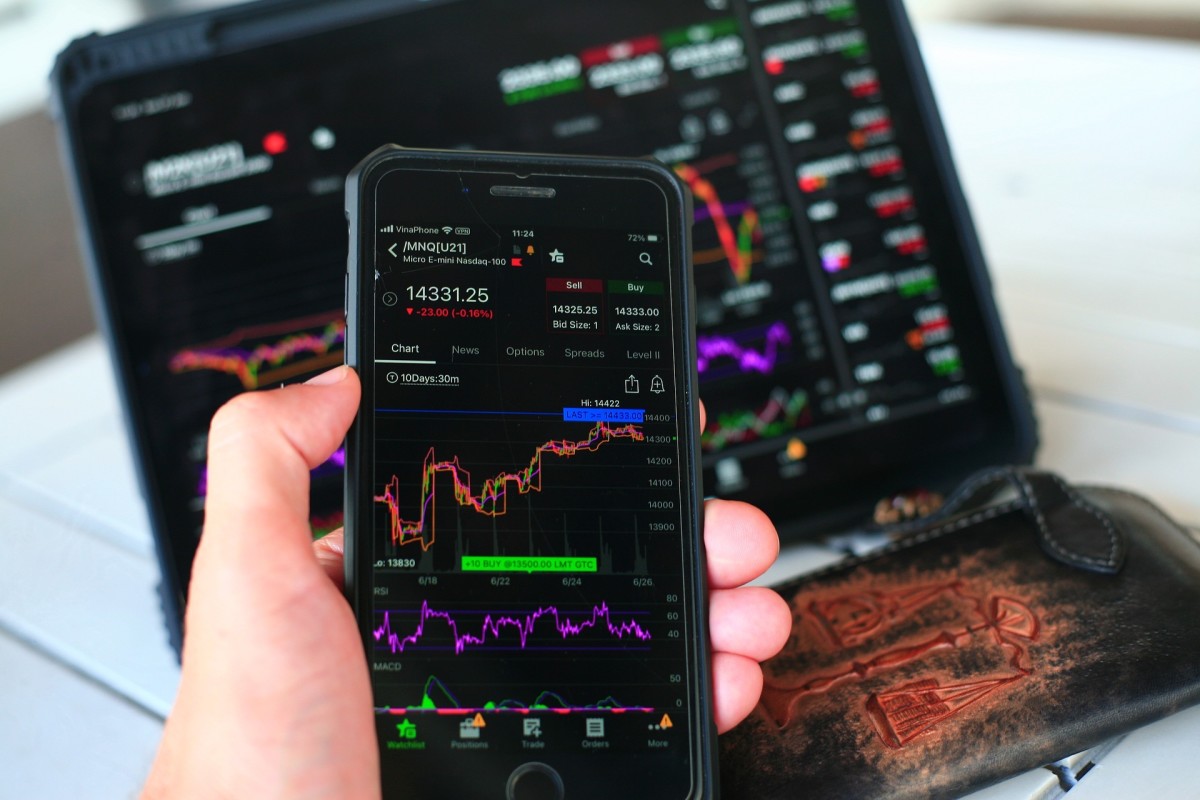4 Ways to Double Your Money
Doubling Your Money
Introduction
What are four ways that you can double your money? You can double your money by applying the rule of 72. You can double your money by buying zeroes. You can double your money by buying stock when others are selling it. And last, you can double your money by buying fast moving channeling stocks on margin.
Rule of 72
One way of doubling your money is by using the rule of 72. The rule of 72 essentially says that when you divide the number 72 by the return rate of your investment (i.e. by the dividend that your stock pays), you will be able to determine how many years it will take for your investment to double. Let us take an example. One stock that I own is Annaly Mortgage REIT whose symbol is NLY on the New York Stock Exchange. Currently, its dividend is paying 16%. Dividing 72 by 16, we come up with 4.5. That means that my investment will be twice its value in 4.5 years. In contrast, were I to leave all my money in the bank and earn only 2% on my money, applying the rule of 72, the money in my bank would take 36 years to double. The point is this: When investing for the long term, you should look for stocks--among other things--that have high dividends, say, 8% or more. Why? Because the higher your return, the faster your money doubles.
Zeroes
A second way to double your money is to buy zeroes, better known as zero-coupon bonds. Zeroes, as they are called, are debt instruments. They are sold by corporate and governmental entities to finance their business activities. What make them interesting is that you can purchase them at a discount to their face value. In other words, if the face value or full price of the bond certificate is $1000, you might pay only 50% of their true value. Instead of purchasing them at the full value of $1000, you buy them for only $500. Over time, the certificate matures to its real value. Thus, when you finally cash them in, you get back $1000 as opposed to the $500 that you bought them for. In this way, you will have doubled your money.
Value stocks
Still another way to double your money is by buying good stocks that nobody wants. That is to say that while others are selling a particular stock, you should be buying it. Notice that I said to buy "good" stock. By that I mean to focus on those stocks, called value stocks, that are selling below their true worth because they are out of favor with the market. This could be because it has gotten a bad write-up in the press or that the entire stock market is down due to e of a recession, or other reason. Whenever this happens, you want to buy that "good" stock. Why? Because when its returns to its true value, you will have doubled your money or earned even more. AIG is a case in point, although it is debatable whether or not it is a good stock at this time. Before it hit turbulence it was known as one of the best insurance companies in the world. Anyway to make a long story short, during the worst of the recession of 2008, AIG hit a low of $0.99 a share. Now had you bought it at that price, you would have been sitting on a pretty instant nest egg of $20,000 because the stock zoomed up to $20 a share at one point. Today it is selling for $35.75 a share. How long it will be selling for that amount is anybody's guess. My point, however, is this: By buying good stocks that nobody wants, you can double or than double your money.
Channeling stocks on margin
Finally, you can double your money by buying fast moving channeling stocks on margin. The question is, just what are fast moving channeling stocks? Fast moving channels stocks are stocks that are moving in a certain price range, say, for instance, from $5.00 to $10.00 over and over again. When it is selling near its bottom (support), you buy. When it is selling near its high (resistance) of $10.00, you sell. It repeats this range or cycle over and over again until it establishes a new range of support and resistance. The distance from the support level to the resistance level constitutes the channel. Stocks moving in such a channel are known as channeling stocks. Now channels can be fast or slow. They can take several months or a year to cycle through a range or they can take a few days or weeks to do so. You are interested only in the latter ones since you will be borrowing money on margin. And when you use other people's money (OPM), it comes with a price: interest, which can wipe your profit out. That means that you have to be fleet of feet. You have to get in there and get out as quickly as possible. You have to borrow money on margin, invest it, make your profit, and quickly pay back the margin funds before they wipe out your profit.
Here is how buying fast moving channeling stocks on margin work: Let's say that you have $2,000 in your brokerage account, the minimum amount you need in order to establish a margin account in which you can borrow up to 50% of your account by law. You borrow the maximum, which comes to $1000 ($2.000 x .50). Now you have $3,000 in your account. Let's say you decided to buy 3,0000 shares of penny stocks at the price of $1.00 a share. Shortly, after buying your shares, let us say, the price of the stock doubles in price to $2.00 a share. Now you have $6,000 ($3,000 x $2.00) in your account. However, you have to pay back your brokerage the $2,000 that you borrowed from her including the interest. That means that you left with only $4,000 in your account now, discounting the interest to keep the example simple. Still, you are up by $2,000. Since you are buying fast moving channeling stocks, the cycle will repeat itself over and over again, which means that you will be buying and selling that channeling stock over and over again, each time cranking out $2,000 in profit until, at last, you have a mountain of cash equivalent to double your investment or more.
Summary
In summary, you can double your money by applying the rule of 72 to stocks with high returns. The higher your return, the quicker you double your money. You can also double your money by buying zero-coupon bonds at a sharp discount to its face value. Third, you can double your money by buying good stocks that nobody wants at a fire sale price. Last, you can double your money by buying fast moving channeling stocks on margin.








